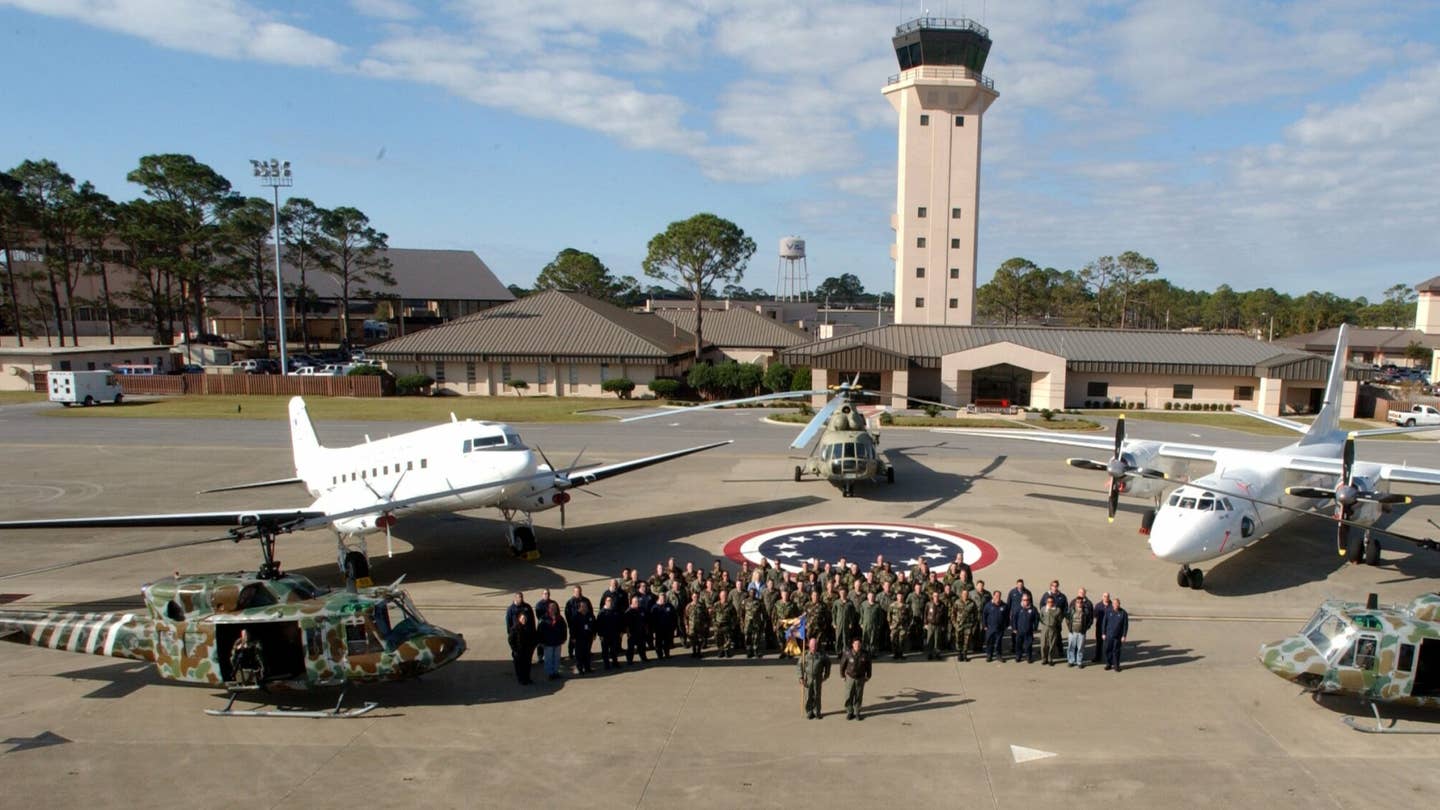How brave World War II-era pilots flew the now-classic C-47

The 6th Special Operations Squadron operated the C-47 as late as 2008. (USAF photo by Airman 1st Class Ali Flisek)
SUMMARY
The C-47 is a classic transport plane — it flew with the United States Air Force in World War II and remained in service until 2008. It's been used by dozens of countries as a transport. A re-built version, the Basler BT-67, currently serves in a half-dozen air forces, from Mauritania to Thailand, in both transport and gunship versions. In fact, classic C-47s are still around — either under civilian ownership or as warbirds.
This shouldn't be a surprise. Over 10,000 C-47s were produced by the United States alone. Japan and the Soviet Union also built this plane — and these durable, reliable birds don't just disappear. Versions of this plane also served as electronic warfare assets, either listening in to enemy communications or serving as jammers.
The baseline C-47 has a top speed of 230 miles per hour and a maximum range of 1,600 miles. It can carry 27 combat-ready troops or up to three tons of cargo. The latter might not sound like much when compared to modern cargo-carrying birds, but again, over 10,000 of these planes were produced. With those kinds of quantities, you're able to move a lot of volume on demand.
The C-47 was used in the European and Pacific theaters of World War II, the Berlin Airlift, the Korean War, and the Vietnam War. C-47s helped drop the 82nd and 101st Airborne Divisions in Normandy and also dropped supplies to besieged troops in Bastogne.
(Imperial War Museum photo)
The fact that so C-47s remain many out there in the world means that, one day, you might just get the chance to own one. Then, like tens of thousands of pilots before you over the last nearly 80 years, you will have to learn how to fly this legend.
Start by watching the video below.

SHARE
